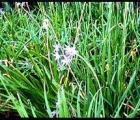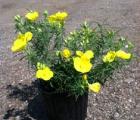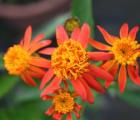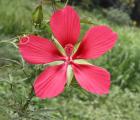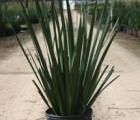Society Garlic
Society Garlic is an attractive ornamental from South Africa. With a its garlicky smell and taste, plant as part of a herb garden with thyme, purple leaf basil and rosemary. With the contrasting colors it will not only look good but, taste good. Leaves grow up to a foot long and a quarter inch wide hardy to zone 9, plant in full sun or light shade in a well drained soil.

